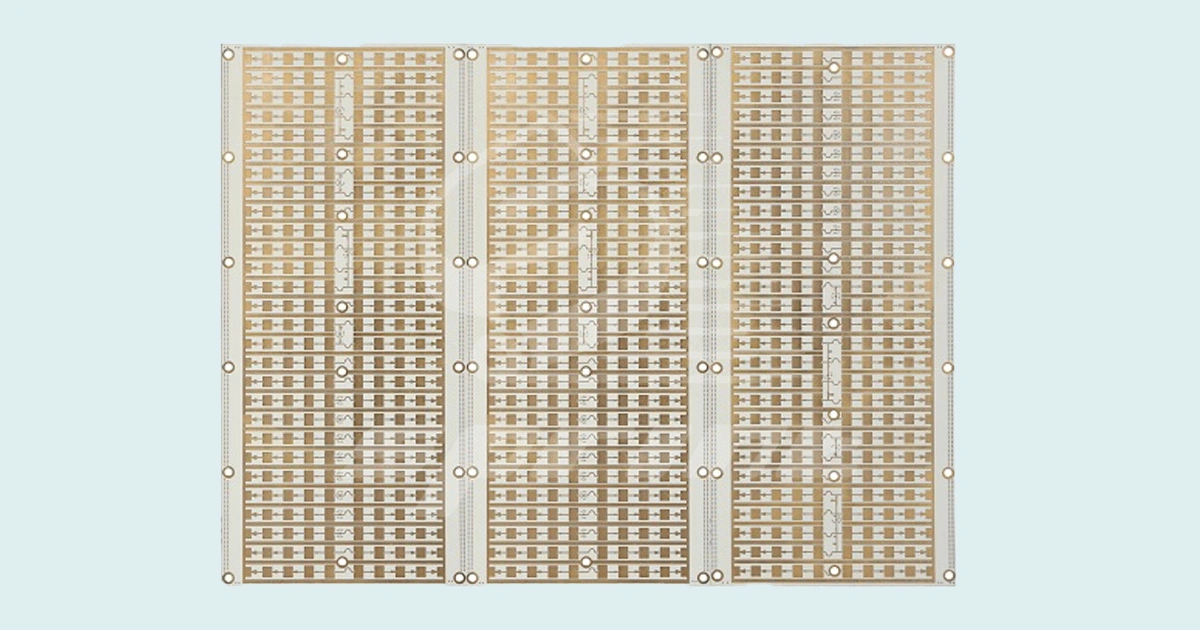High-frequency circuits and low-frequency circuits Work is different.
High-frequency circuits are usually used as the front-end circuit for transmitting signals, receiving, and processing signals, while low-frequency circuits are usually used for processing end-end circuits that filter out high-frequency signals through filter circuits and perform low-frequency processing.
High-frequency circuits and low-frequency circuits different meanings.
High frequency refers to radio waves in the frequency band from 3MHz to 30MHz. HF is mostly used for civilian radio broadcasts and shortwave broadcasts. It has weak resistance to radio waves emitted by electronic instruments, so it is often interfered with. Low frequency refers to the lowest frequency range used in a certain technical field.
In the radio band, frequencies in the range of 30 to 300 kHz are called low frequencies; in electronic amplifier circuits, frequencies close to audio (20 Hz to 20,000 Hz) are called low frequencies. Generally refers to the frequency range of 20HZ-160HZ. Among the sounds that can be heard by the human ear, low frequency is the basis of the sound and the thickness of the sound.
Many fields involve "high frequency and low frequency", which refers to the level of frequency, but generally refers to various oscillations in physics. Among them, there are many oscillations in electricity, which may be current, mass point, electromagnetic field, etc. Vibration, "high and low frequency" describes the vibration situation, and the results caused by high frequency and low frequency are also different.
In a circuit, inductors have different impedances (in layman's terms, they are obstacles) to currents of different frequencies, and capacitors have similar properties. Generally, the EQ division of BASS is low-frequency 50HZ to 300HZ, mid-low frequency 300HZ to 1250HZ, mid-frequency 1250HZ to 3300HZ, mid-high frequency 3300HZ to 6500HZ, and high frequency above 6500HZ.

Extended information:
1. High-frequency microwaves have more signal carrier frequency points than low-frequency microwaves, which results in higher information transmission rates of high-frequency microwaves.
2. It is easier for high-frequency microwaves to transmit high power and the signal attenuation is more obvious; while low-frequency microwaves have larger wavelengths, but smaller signal attenuation, and have better scattering and diffraction properties than high-frequency microwaves; therefore, high-frequency microwaves Microwaves are generally used for straight-line transmission in unobstructed and visible environments, while low-frequency microwaves are mostly used for network coverage in more complex environments.

